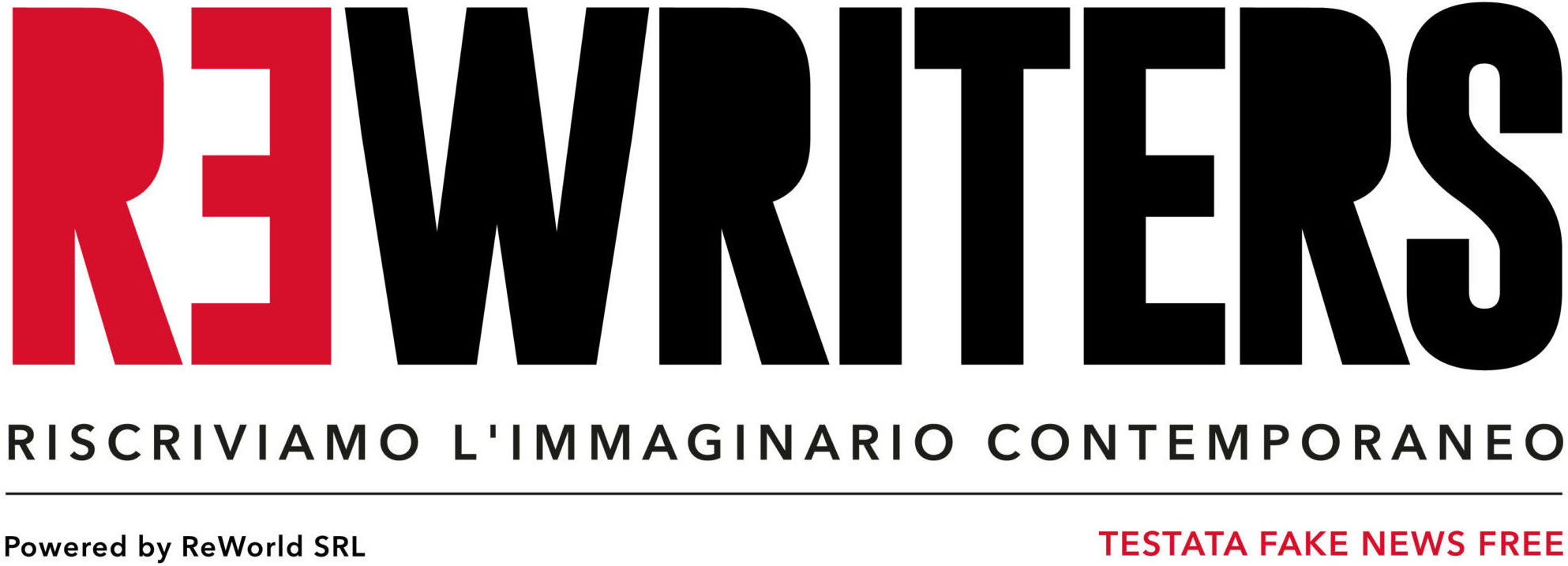Sarà vero? L’Europa contrasta le fake news
L'Europa è impegnata attivamente nella lotta alle fake news attraverso una serie di iniziative per contrastare la disinformazione. Dalla Finlandia arriva un positivo esempio di educazione al senso critico, altro strumento fondamentale per il superamento del problema.





